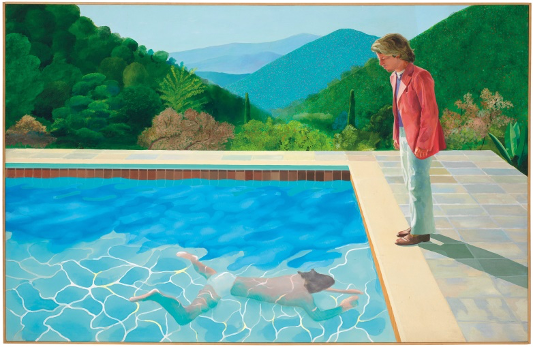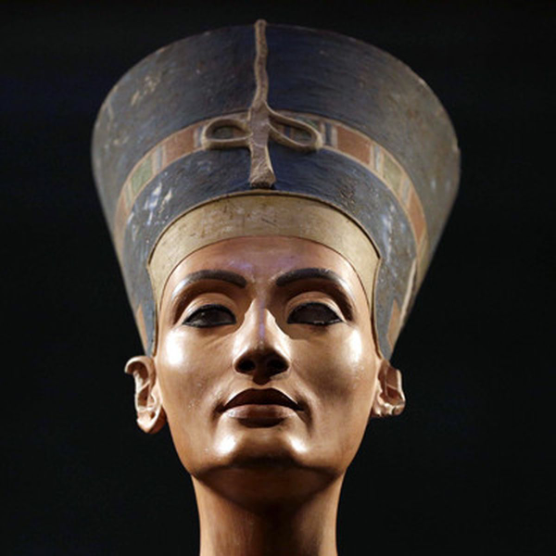What makes a Masterpiece in Art? Part II
From the previous talk, we retain the four essential requirements of a masterpiece: technical virtuosity, an emotional message still pertinent today, an innovative aspect and a component of universality and timelessness.
Twelve masterpieces from different times, continents and disciplines are shown and analysed. We look close at the most famous statue of Egypt, Queen Nefertite of 1352 B.C. and at Hemba Ancestral statues of Congo of the 19th Century. We analyse some paintings by Caravaggio, Rembrandt and South-Korean Kim Tchang Yeul. We compare a bunch of asparagus by Manet with other bunches, painted by less competent painters. We analyse why some paintings by Rothko have such a mesmerizing effect on so many people still 70 years later after they were made. We try to understand why “Les Meniñas” by Velasquez is still so relevant today. We plunge into a pool by David Hockney and try to grasp why this pool fetched 90,3 mio $ at Christie’s in November 2018.
A journey throughout 3000 years of sublime art…



